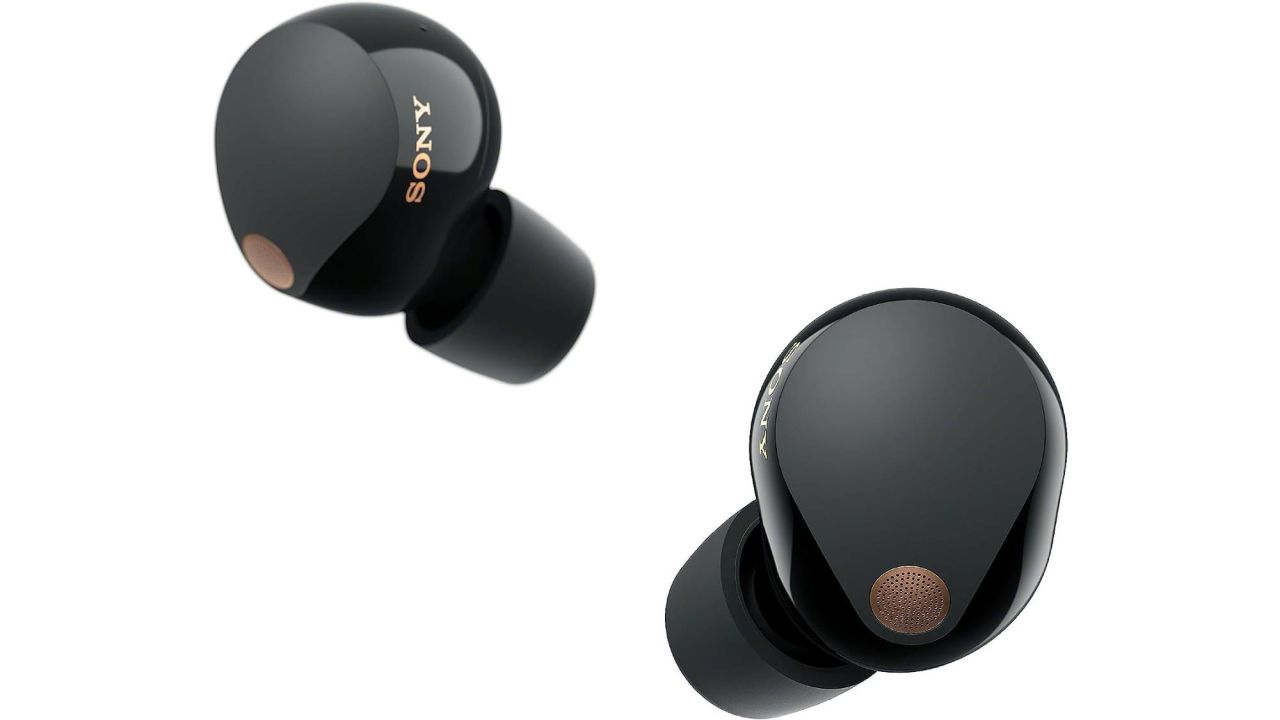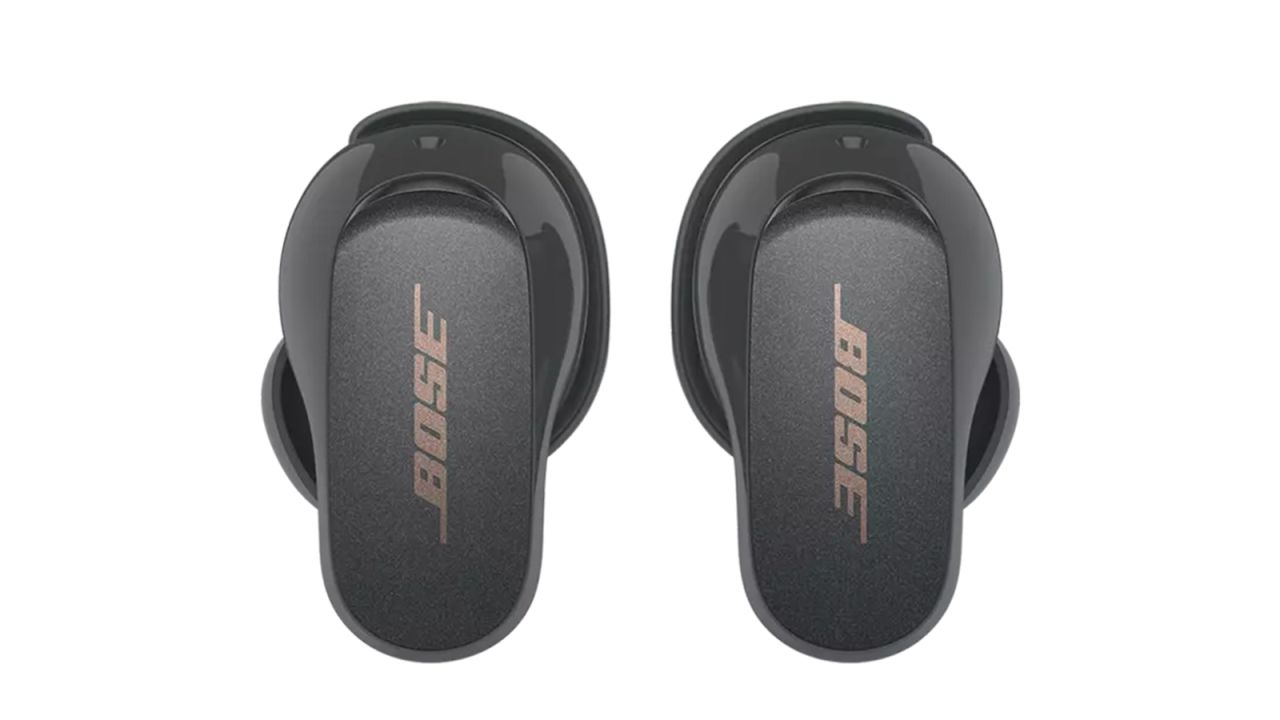This article is part of our series?Battle of the Brands, in which we compare category-leading products to their counterparts to determine which are actually worth your money.
When it comes to the best noise-canceling earbuds overall, it’s a three-way battle between the AirPods Pro 2, Bose QuietComfort Earbuds 2 and all-new Sony WF-1000XM5. This face-off compares Bose and Sony’s latest flagship entries, both of which come with elite active noise cancellation (ANC) and some of the most adaptive sound technologies we’ve experienced in the category.
Each noise canceler has its pros and cons. The sub-$300 price tags don’t make them the most affordable options either. Thankfully, the high-end performance you get from these two models makes them some of the best true wireless earbuds that money can buy.
So, which is the better investment? After a week of testing, we have the answer. Dive into our Sony WF-1000XM5 and Bose QuietComfort Earbuds 2 analysis to find out.
Sony WF-1000XM5 vs. Bose QuietComfort Earbuds 2 at a glance
Sony's premium earbuds are the more compelling overall package, offering best-in-class sound and features, long battery life and great ANC within a sleek design.
The QuietComfort Earbuds 2 offer the best ANC we've tested in a pair of earbuds, complete with reliable sound and a much improved design over last year's model.
Quick comparison
| Active noise cancellation | Yes |
Yes |
|---|---|---|
| Ambient noise | Yes (transparency mode) |
Yes (transparency mode) |
| Battery life (rated) | 8 hours (ANC on); 12 hours (ANC off); 24 hours (with case and ANC on); 36 hours (with case and ANC off) |
6 hours; 24 hours (with case) |
| Wireless charging | Yes |
No |
| Sweat and water resistance | IPX4 (earbuds) |
IPX4 (earbuds) |
| Ear tip sizes | XS, S, M, L |
S, M, L |
| Software support | iOS, Android |
iOS, Android |
| Special features | Adaptive ANC and sound, Bluetooth multipoint, DSEE upscaling, LDAC, quick charging, spatial audio, voice controls |
Adaptive ANC and sound, customizable EQ, Eartip Fit Test, quick charging, Self Voice call quality enhancer |
| Colors | Black, silver |
Eclipse Grey, Midnight Blue, Soapstone, Triple Black |
| Weight | 0.21 ounces |
0.21 ounces |
Bose retains the ANC crown but by a small margin

I have yet to test buds that can outperform the QCE 2’s noise cancellation. Bose’s Quiet Mode (acoustic noise cancellation) uses CustomTune technology that adapts to environments for optimal noise neutralization. The updated mic array suppresses sounds across the frequency spectrum for distraction-free listening. You’re given full control of ANC with up to 10 adjustable levels that can be set and assigned to different profiles via the Bose Music app. ANC is also effective on voice and video calls, and features like Self Voice boost call quality by making your voice louder during chats.
The WF-1000XM5’s ANC technology is only a half step behind the QCE 2. Sony developed two new chipsets — the QN2e and V2 — that reduce external sounds at an incredibly high level. Six mics are employed to eliminate loud midrange and vehicle noises. Low- and high-frequency noises also go unheard, though you’ll occasionally hear the latter, depending on proximity. New mic grilles make wind nonexistent during music streaming sessions and voice calls. Speaking of which, WF-1000XM5’s call quality is arguably a category best.
As for ambient listening, expect increased awareness and solid vocal capture from either product. The QCE 2’s Aware Mode has ActiveSense technology to hear incidental sounds clearly without compromising audio quality. I prefer the WF-1000XM5’s 20-level Ambient Sound mode since it grants more control over how much noise you want to let in; hearing conversations from 50 feet away and oncoming traffic from a block away is impressive. The QCE 2 do the same.
TL;DR: ANC goes to the QCE 2, whereas the WF-1000XM5 have the more desirable call quality and transparency mode.
The WF-1000XM5’s audio presentation and features are unbeatable

Don’t let the headline fool you into thinking the QCE 2 are a pushover on the audio end. Bose put some serious work into upgrading sound quality, starting with CustomTune, a new feature that automatically calibrates ANC and the sound frequency profile to the unique properties of your ear. This creates a punchy, sharp soundstage that, as previously mentioned, isn’t affected by ANC. The 9.3mm drivers pump out full-bodied sound that demonstrates versatile frequency range to enjoy most music genres. Built-in presets in the Bose Music app allow for bass and treble customization.
Unfortunately for Bose, Sony’s sound architecture is leagues ahead. The WF-1000XM5 come with a new 8.4mm Dynamic Driver X unit that works with the V2 chip to improve sound accuracy and reproduce lower frequencies with minimal distortion. What you get is spacious, well-balanced sound highlighted by impactful bass that doesn’t overshadow the crisp mids or striking highs. Several of Sony’s big-time technologies are on board, from 360 Reality Audio with precise head tracking to DSEE upscaling for higher fidelity on lo-fi recordings. The earbuds’ LDAC codec transmits three times more data than conventional Bluetooth audio, so you can hear every detail and nuance on songs at faster bit rates. Then come the endless features in the Sony Connect Headphones app. Several of these were already discussed, but there’s also the customizable EQ with several well-engineered presets and the option to prioritize sound quality over connectivity. There’s even 3D audio optimization with high-res streaming like Tidal as well as the ability to assign and play music at preferred times through the new Auto Play app.
TL;DR: As satisfying as the QCE 2 sound, they lack the WF-1000XM5’s sonic prowess and special audio-enhancing capabilities.
2 attractive designs, but Sony’s is sleeker

One of the smartest moves Bose made was rehauling its true wireless design. The original QuietComfort Earbuds had a wide, protruding frame that was cumbersome and unflattering on the ear. Meanwhile, the QCE 2 transitions to a long-stem design with a durable exterior protected by IPX4 certification (sweat/water resistance) and a nice matte-and-shiny combo finish. These buds are 30% smaller than their predecessor. Bose’s alternative sizing ear tip kit and Eartip Fit Test help establish a proper fit. However, the charging case sees the biggest face-lift, significantly shrunken down from the QCE’s monstrous size but still sturdy.
Just when you thought Sony couldn’t further enhance the WF-1000XM4’s award-winning design, it surpasses expectations with the WF-1000XM5. This sequel is 25% smaller and 20% lighter. Updated details like gold mesh grilles and the matte touch panels with glossy body accentuate the buds’ look. The smaller form gives your ears more breathing room and rests pleasantly for lengthy listening sessions. Sony’s new memory foam tips are more flexible and easier to squeeze, making them less oppressive on the canal. The charging case is also 15% smaller than the older version and has a pairing button in the back.
TL;DR: Bose’s revamped design is significant, but Sony’s prestigious craftsmanship steals the spotlight.
Battery life and connectivity favor the WF-1000XM5

Sony rates the WF-1000XM5’s battery life at eight hours with ANC on and 12 hours with ANC off. Using 360 Reality Audio and LDAC drops playtimes by about two hours. This is good for two to four days of moderate use before recharging, which is exceptionally powerful on these buds: a three-minute quick charge equals one hour of use. The charging case holds up to 36 hours, depending on how you use the buds, and comes with Qi-enabled wireless charging.
The QCE 2 maxes out at six hours per charge. There is no way to turn off ANC, so you’re draining power no matter what listening mode you enable. Bose’s charging case offers the same portable power as the original AirPods case: 24 hours. There’s no wireless charging either. One plus is that it supports reverse charging, meaning you can plug it into any compatible device to recharge the buds. Then again, so does the WF-1000XM5’s case.
Each model runs on Bluetooth 5.3, resulting in fast, reliable and long-range connectivity (up to 50 feet of wireless listening). Despite the lack of fan favorites like tap-to-pair NFC, the WF-1000XM5 pair instantly to recognized devices and speed up the process with Google Fast Pair. They also support multipoint technology to pair two devices simultaneously. The QCE 2 connect to iOS and Android devices fast, though it’s a shame that Google Fast Pair and multipoint (for connecting to multiple devices at once) didn’t make the cut.
TL;DR: The QCE 2 can’t compete with the WF-1000XM5’s playtimes or wireless performance.
Bottom line

The WF-1000XM5 are the victor based on greater overall performance. Sony’s buds deliver sound and playtime superior to Bose’s buds. They also have triple the number of features as their rival, and in a fancier package.
Bose enthusiasts shouldn’t feel slighted, because the QCE 2 are some fine-sounding earbuds with class-leading ANC and serviceable features. The updated design and personalized technologies also factor heavily into their usability.
Had Bose added another two or three more popular features, we might be having a different conversation, but that’s not the case. Therefore, we declare the Sony WF-1000XM5 the winner of this showdown, and some of the best noise-canceling earbuds you can buy.
























